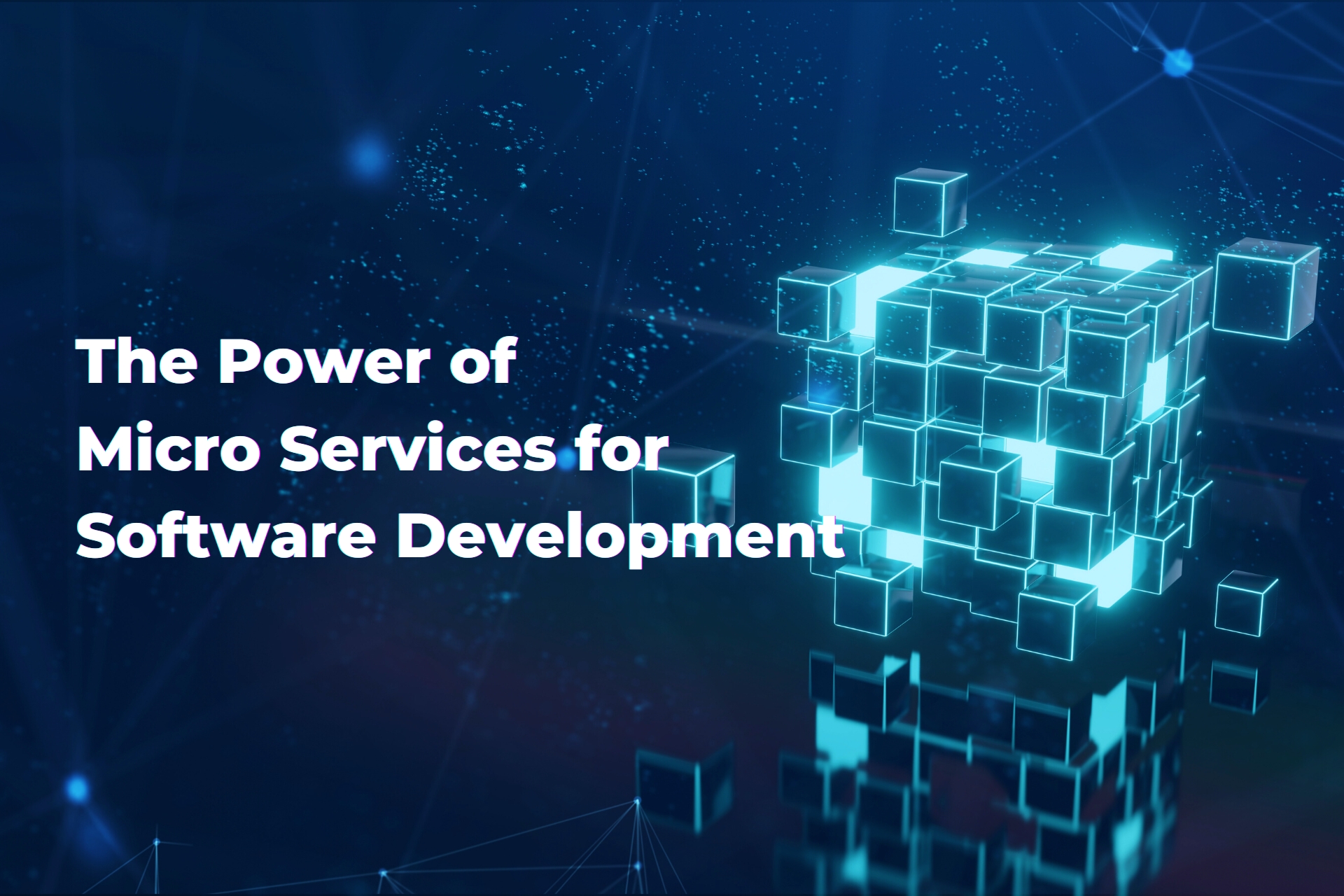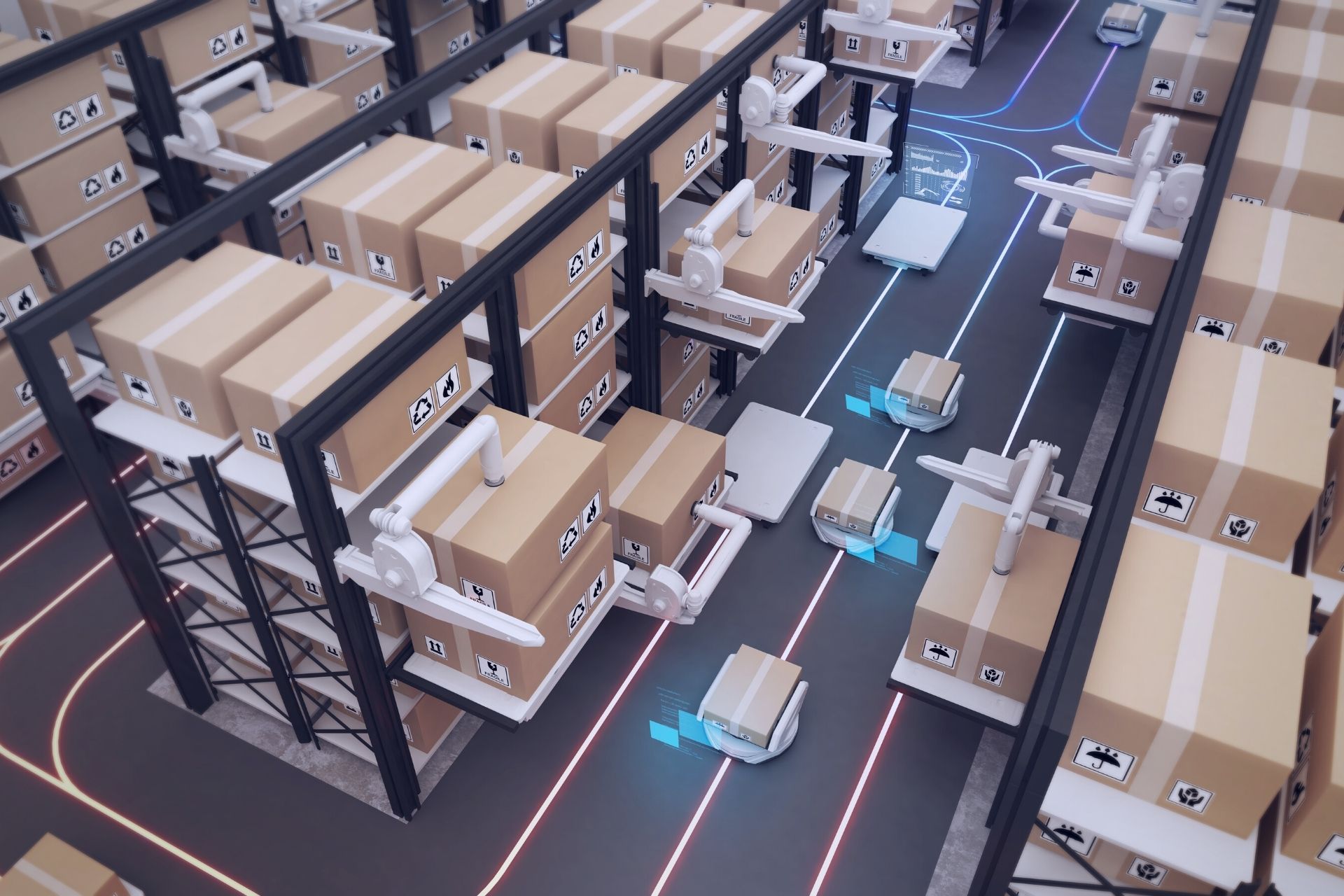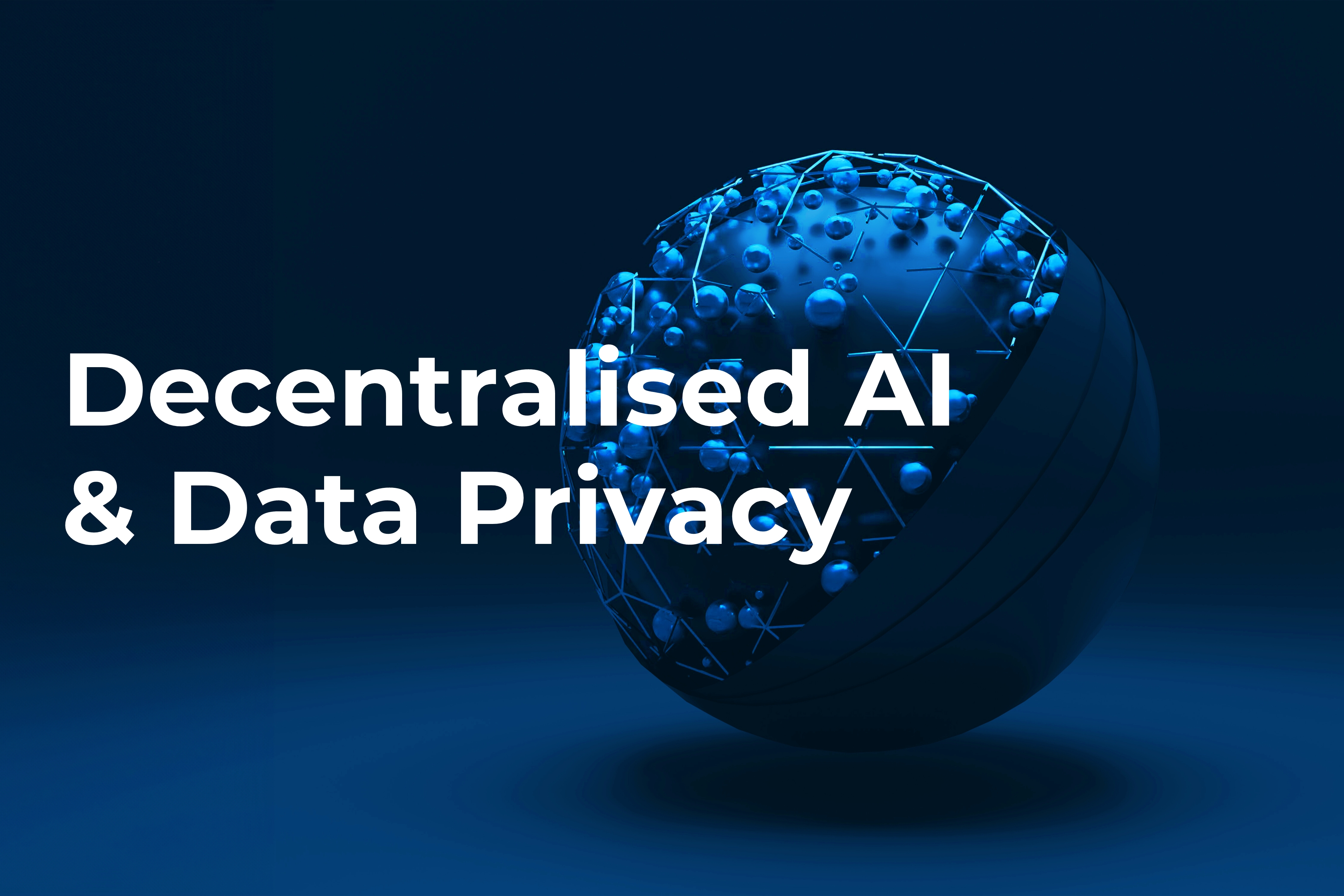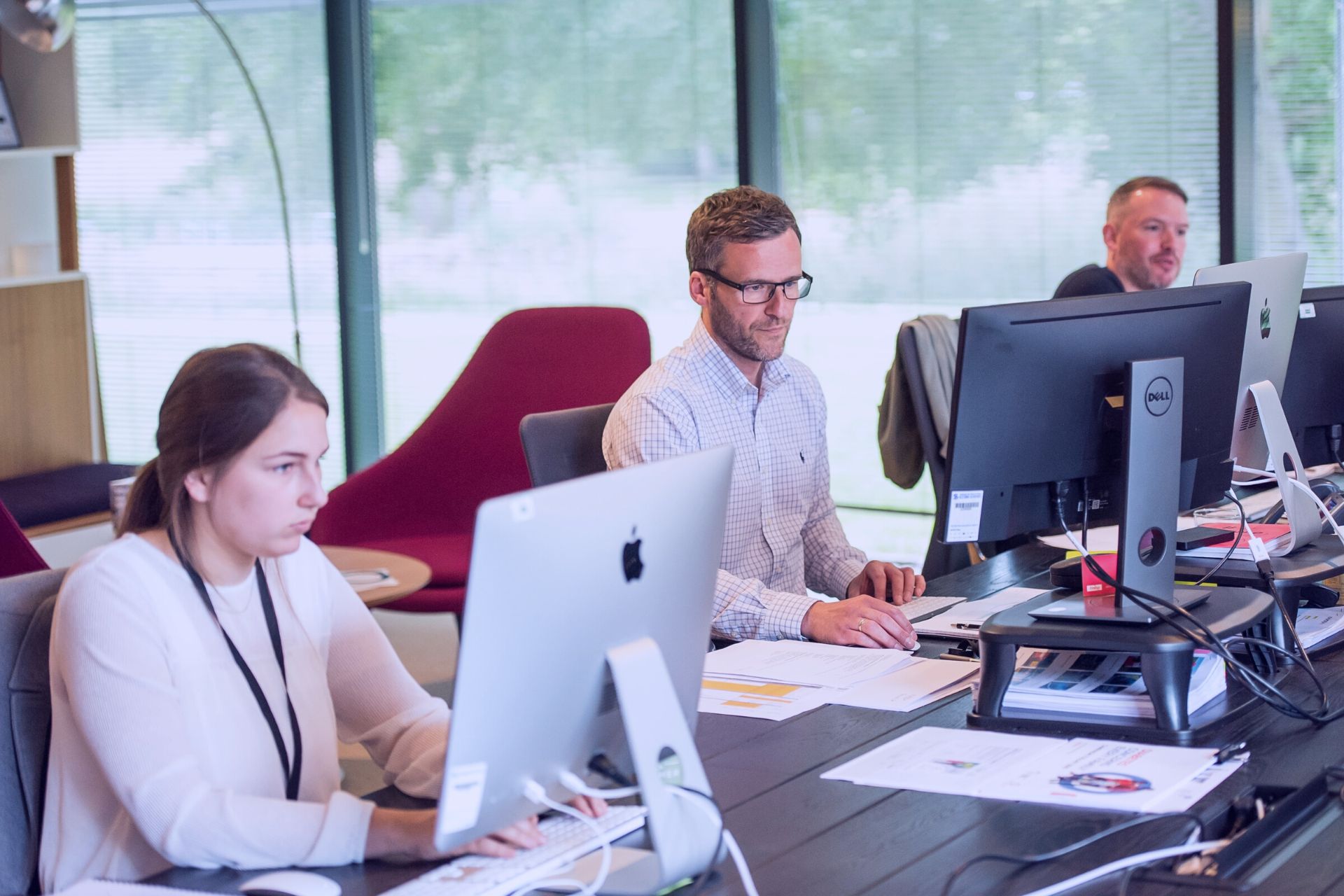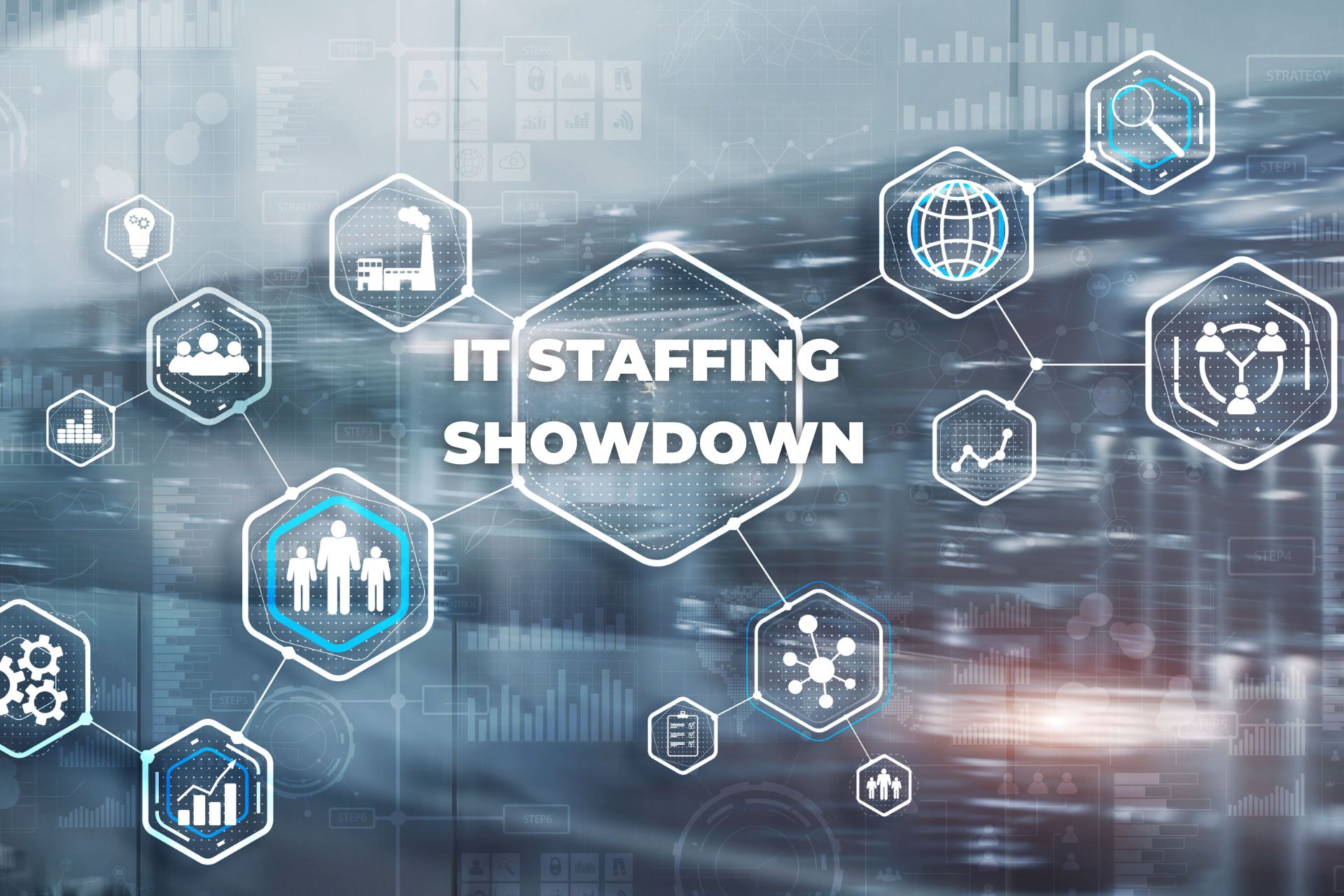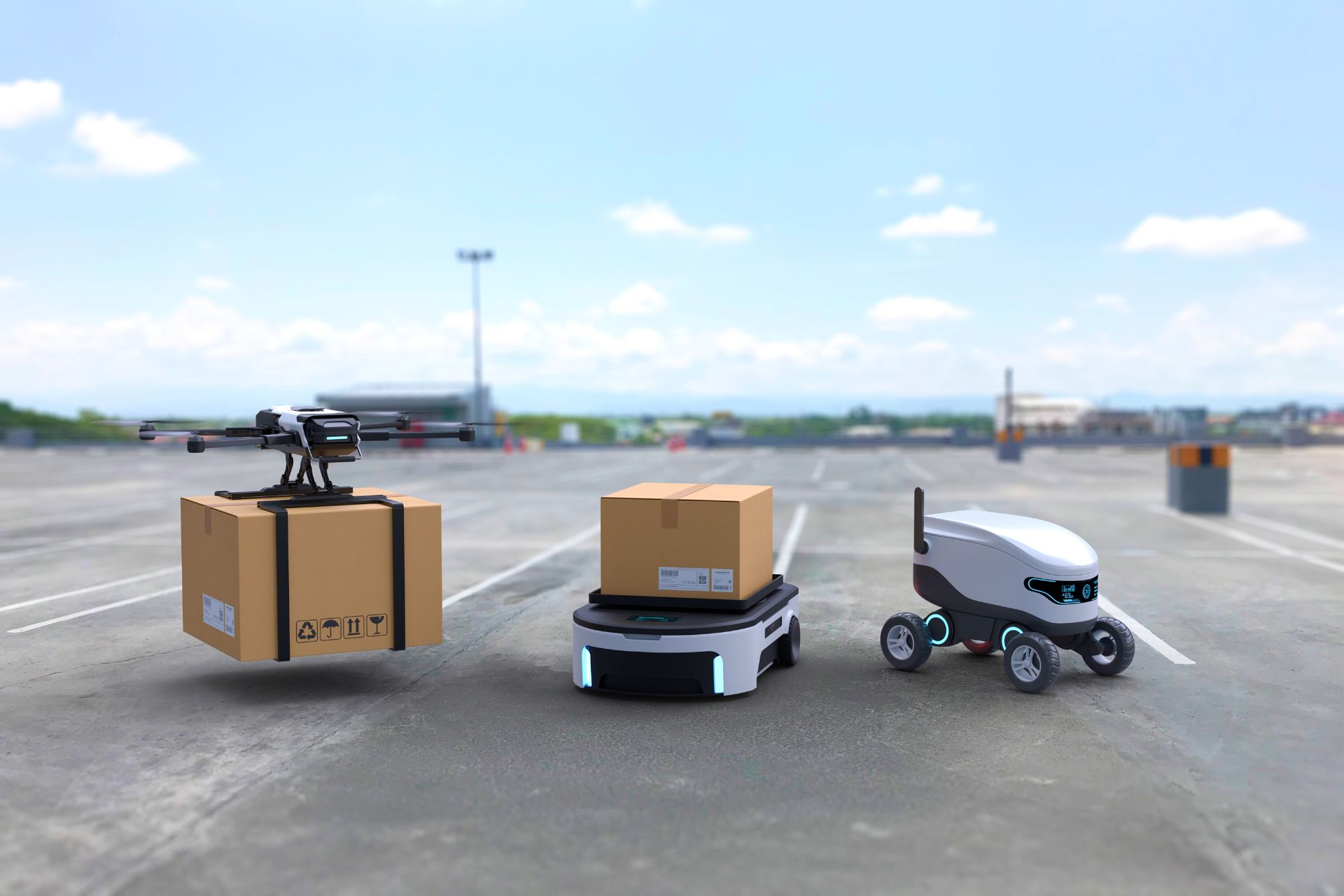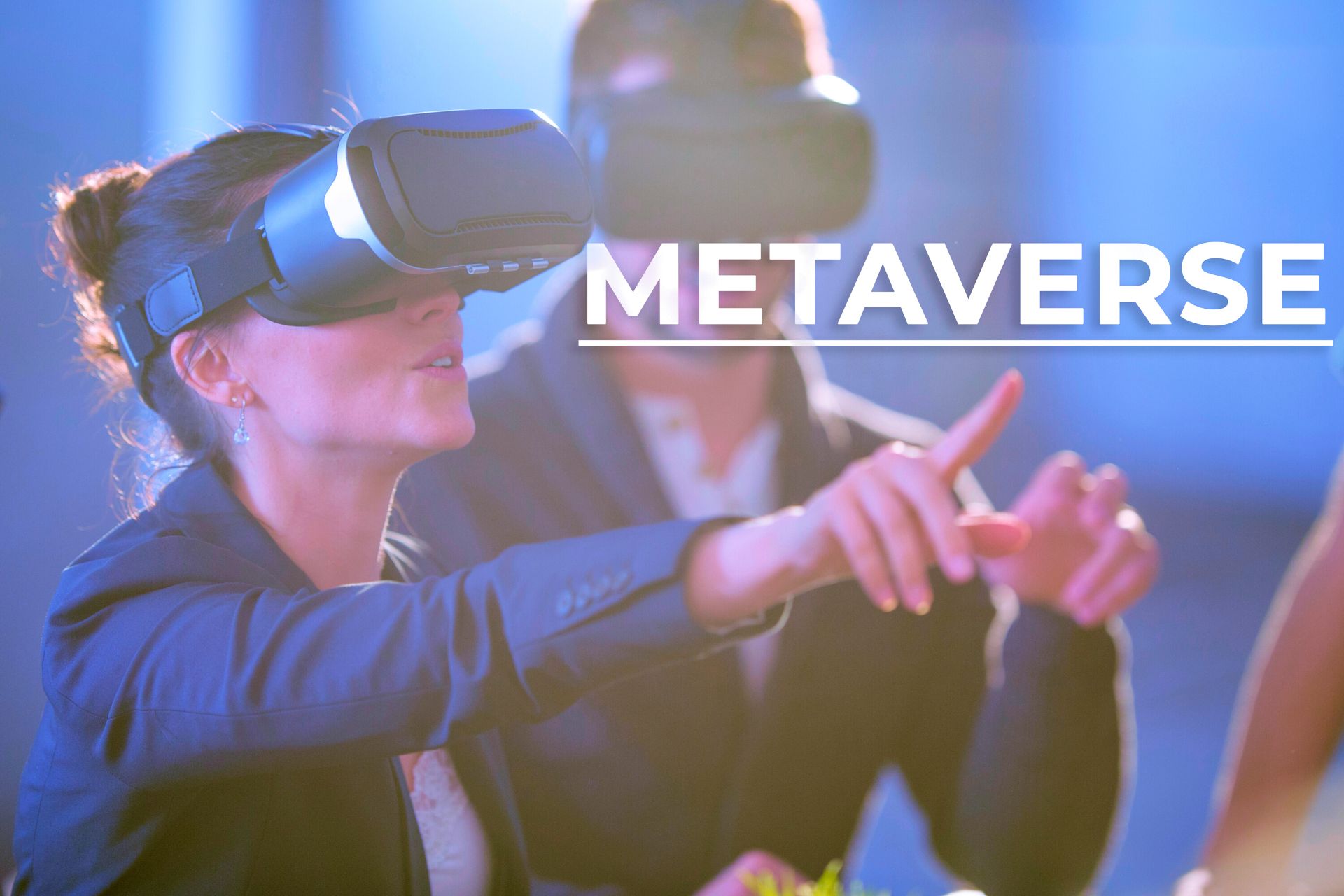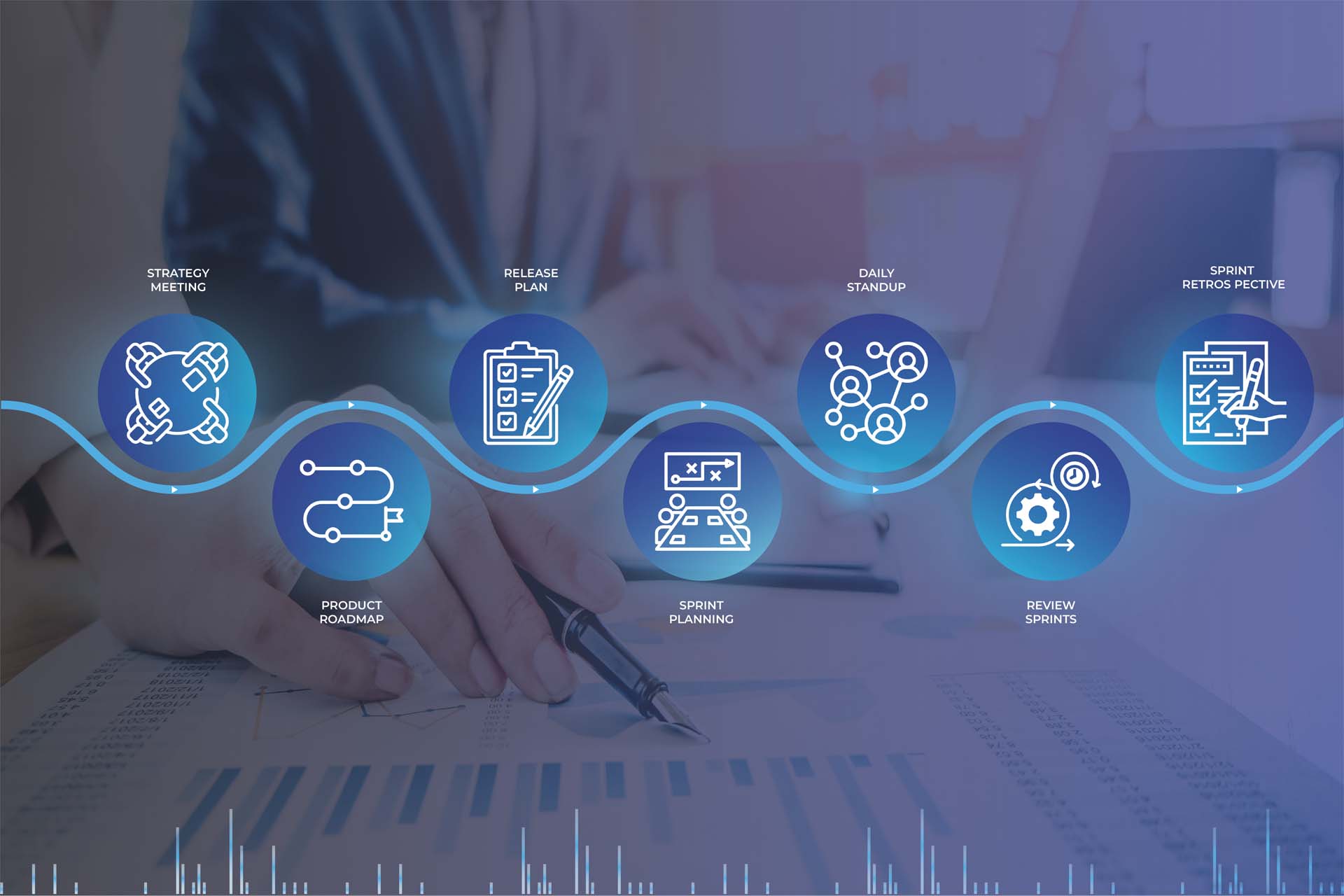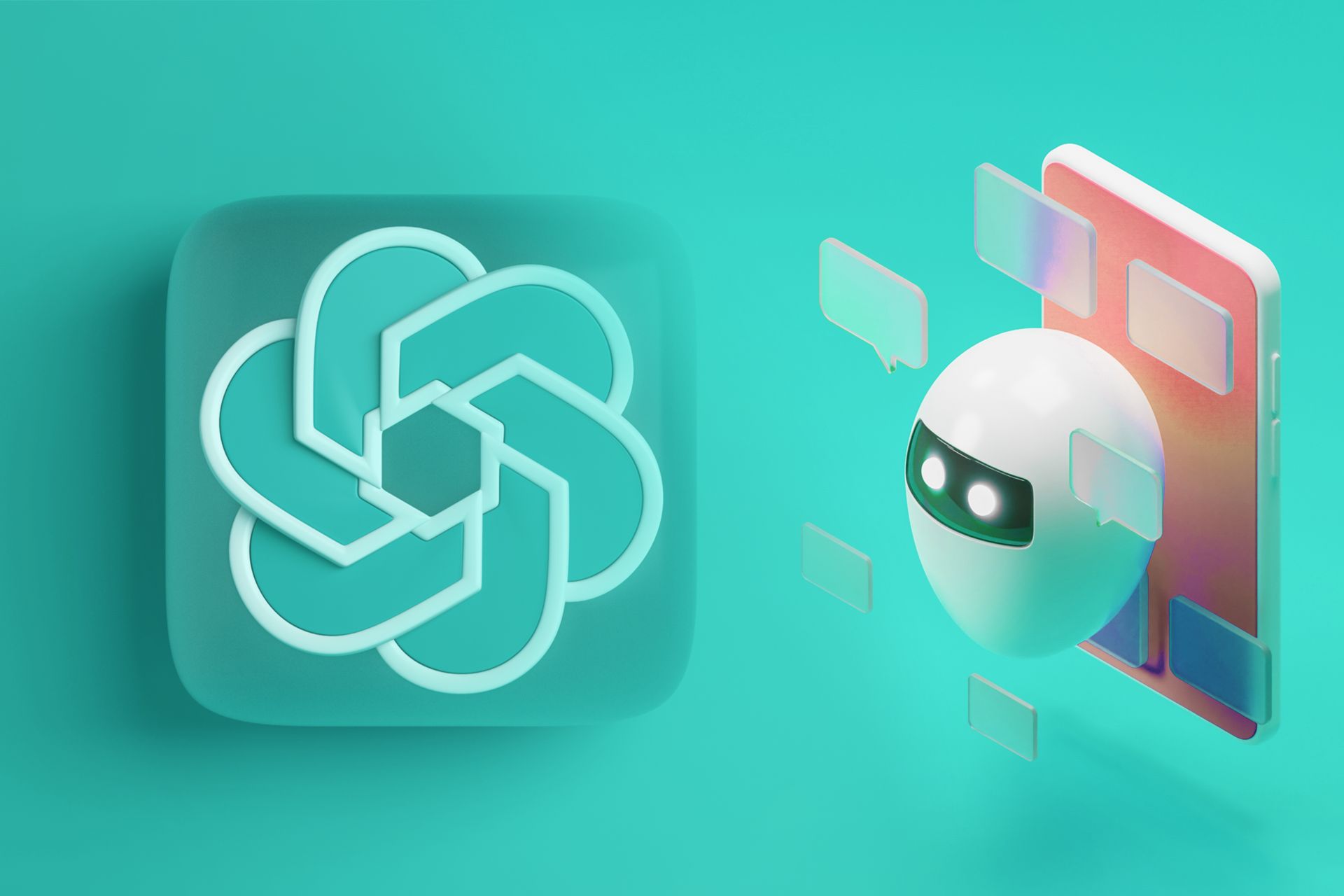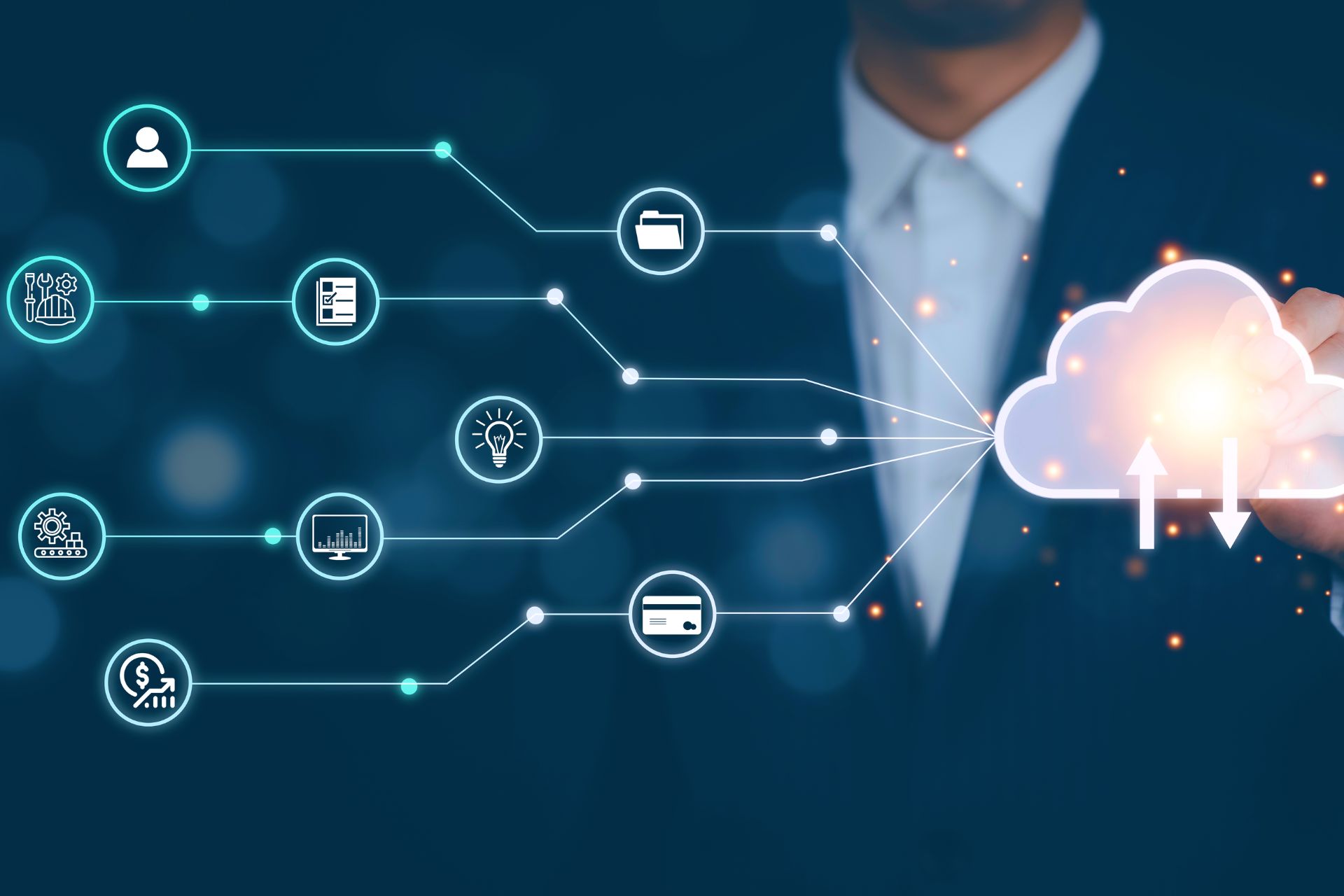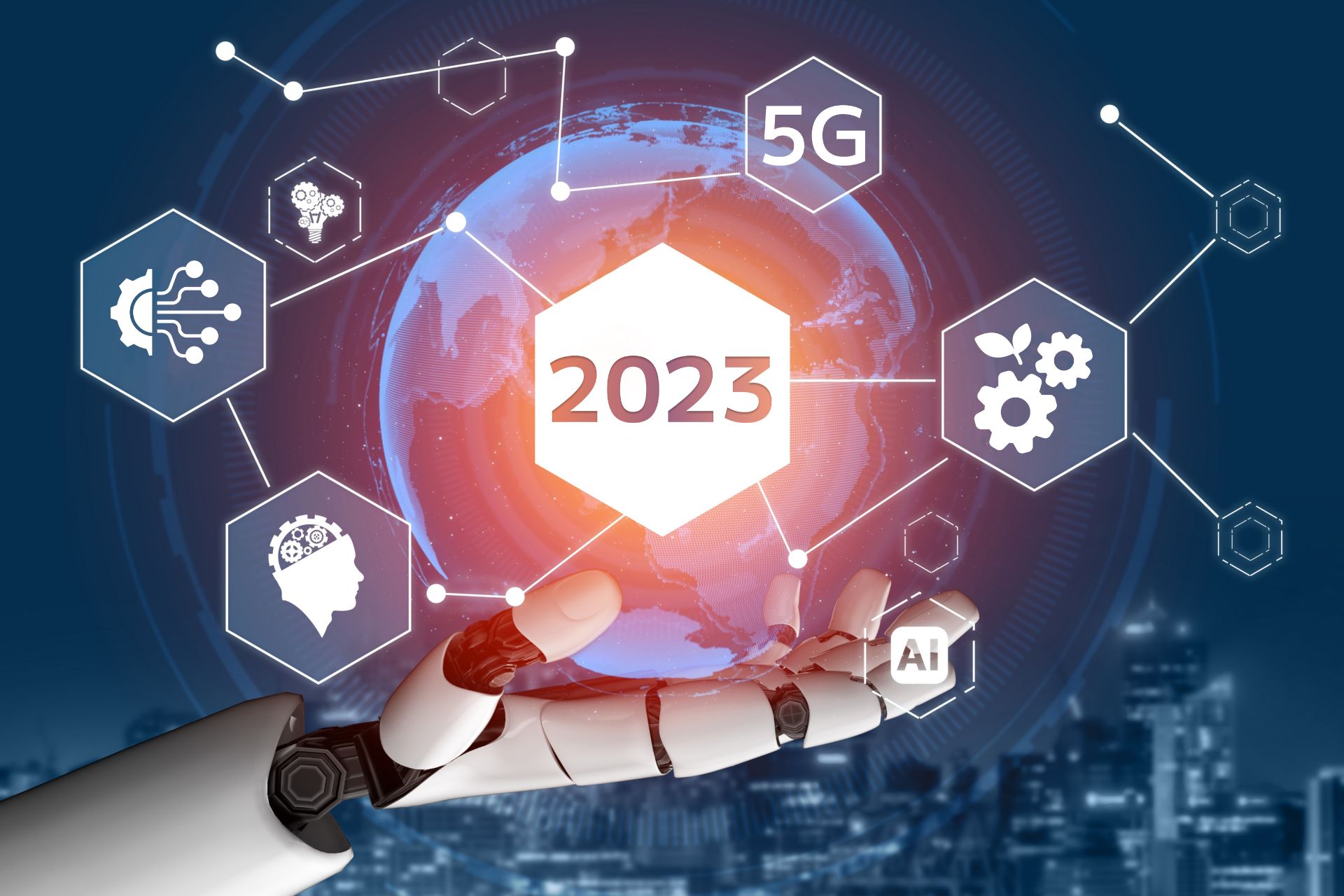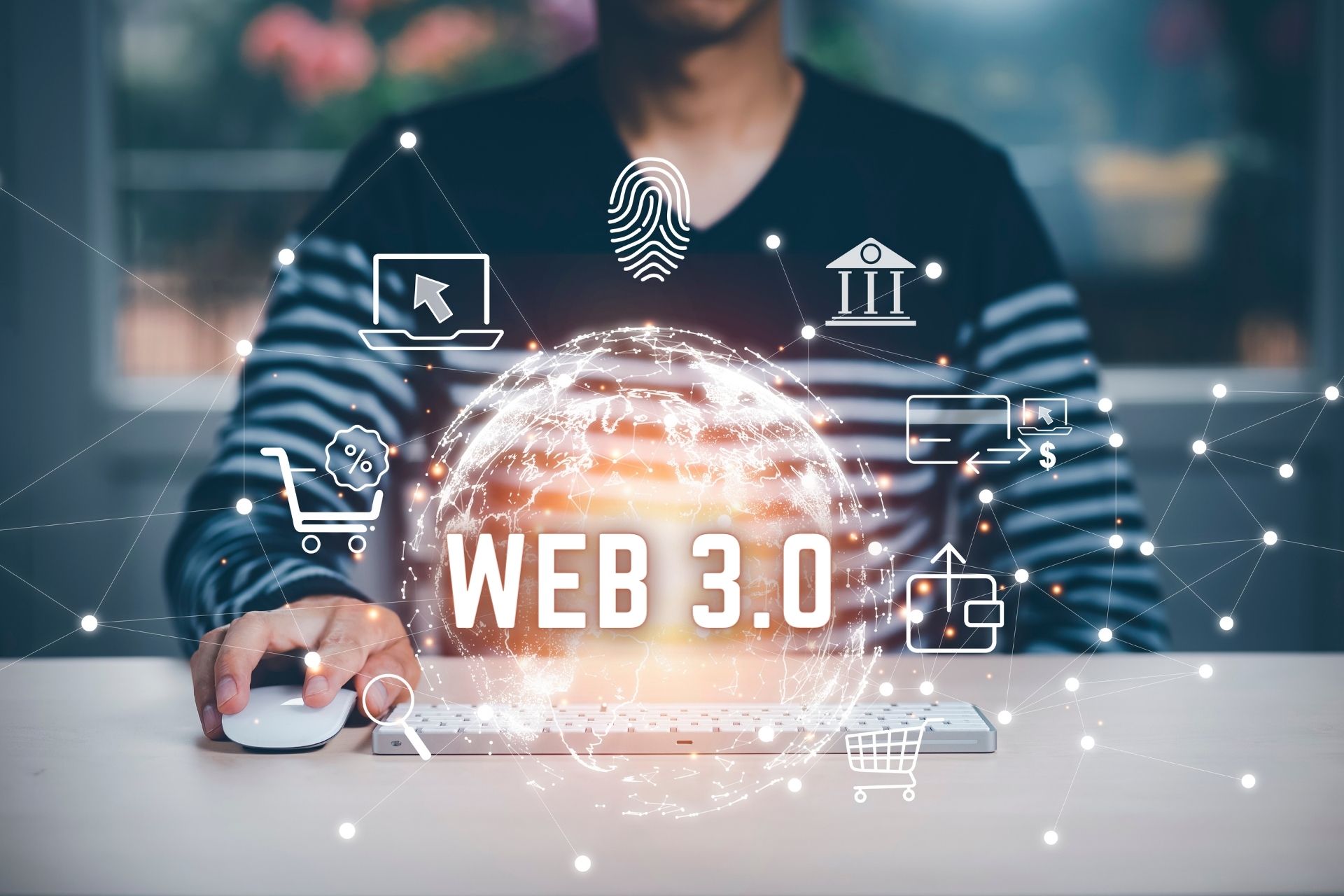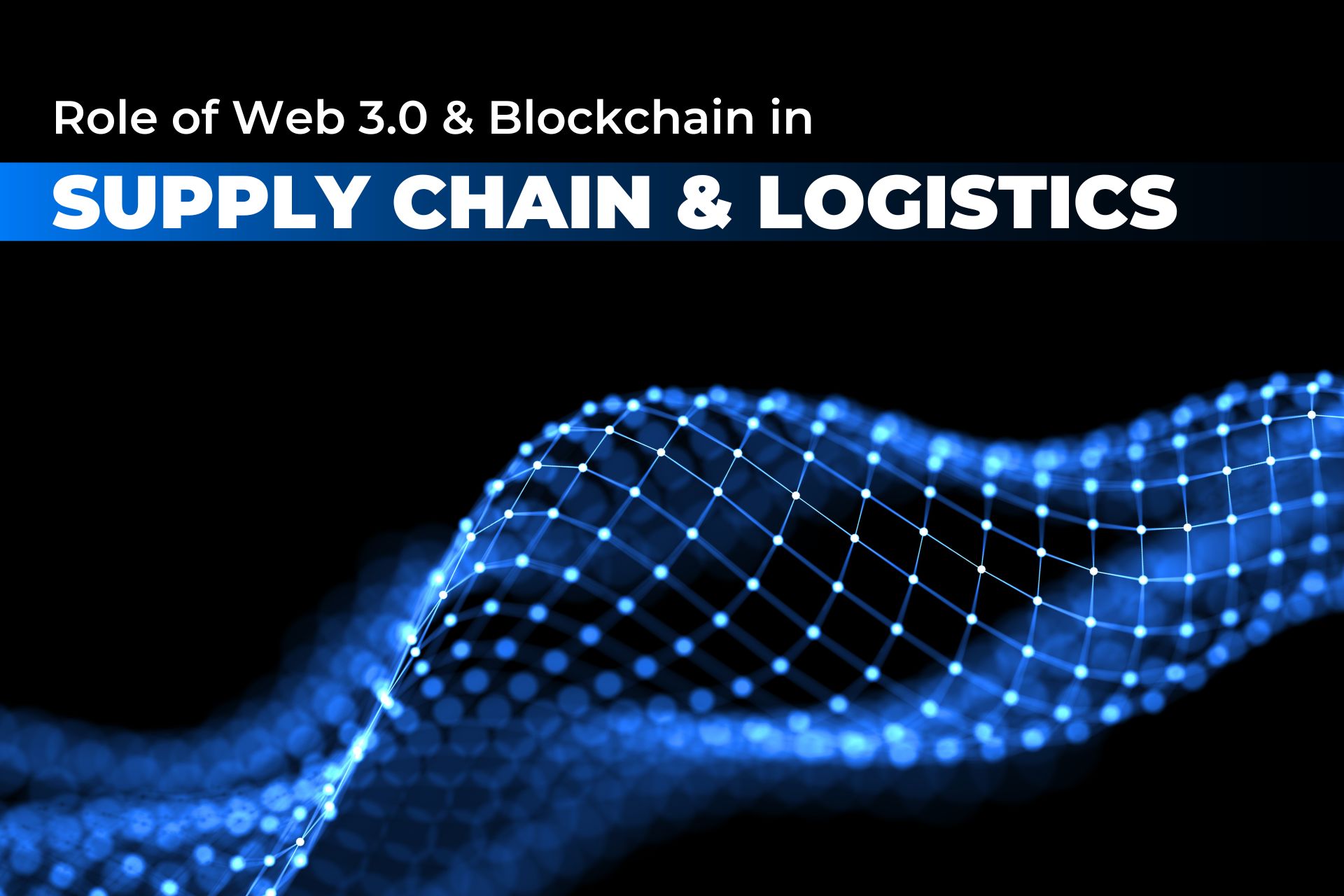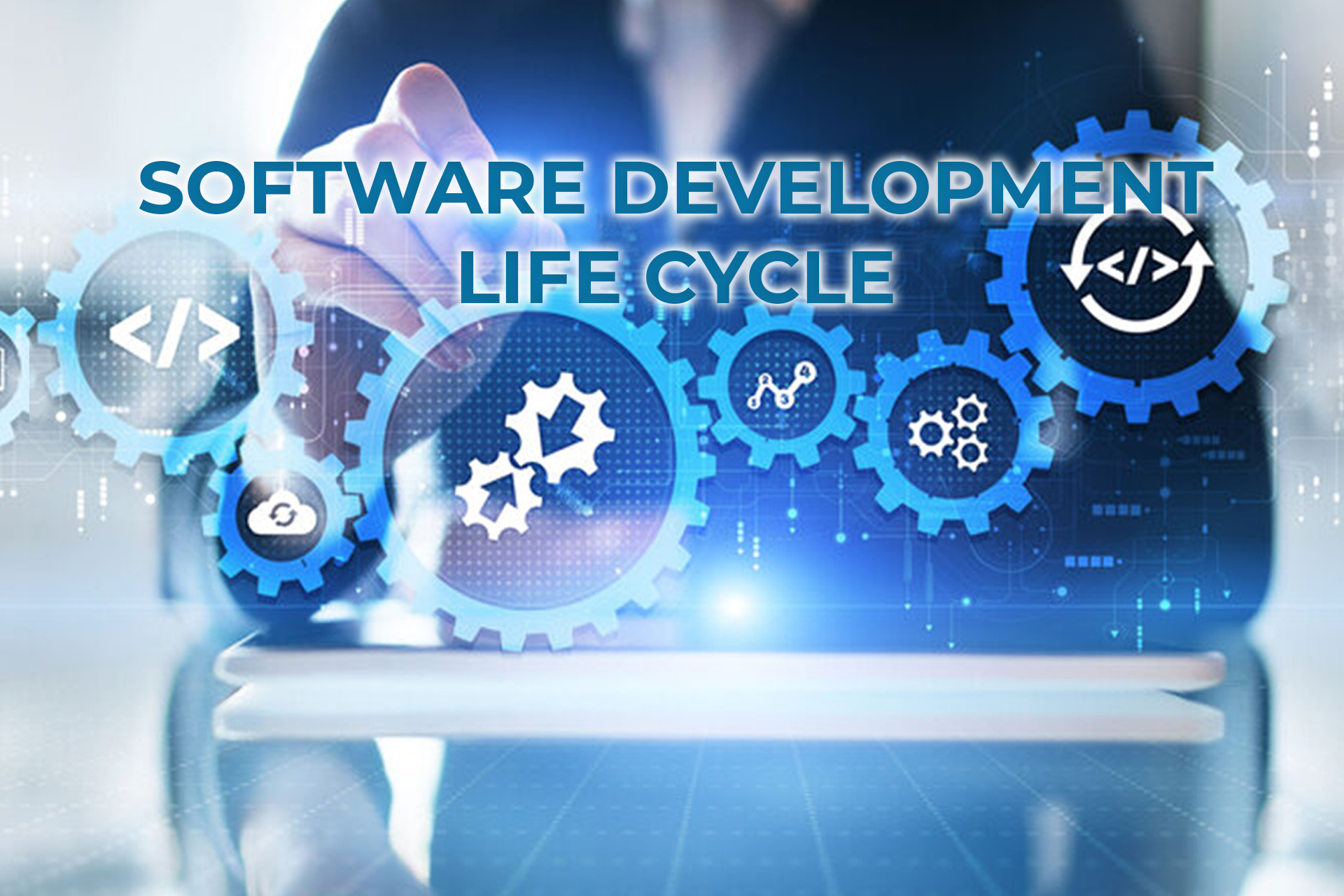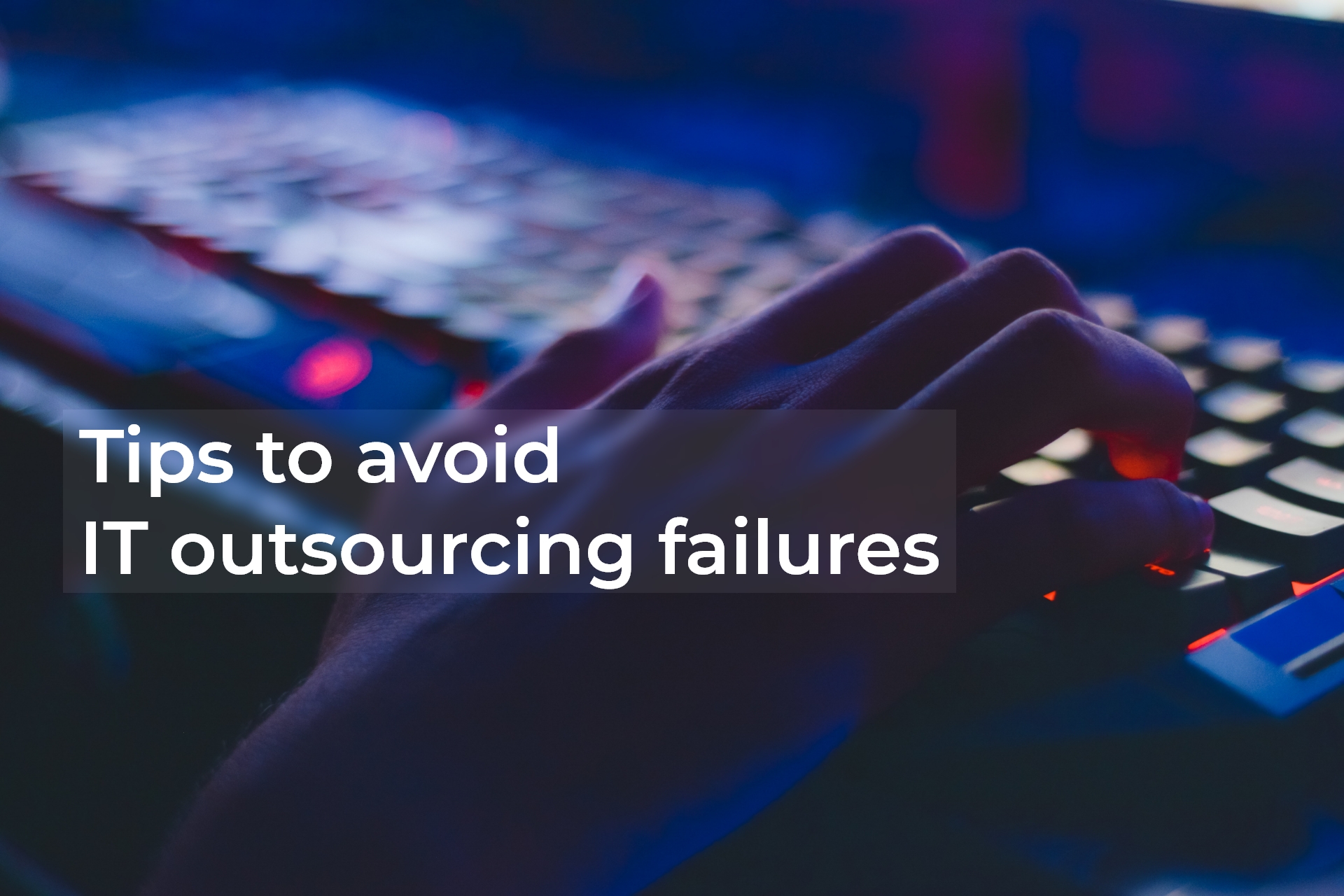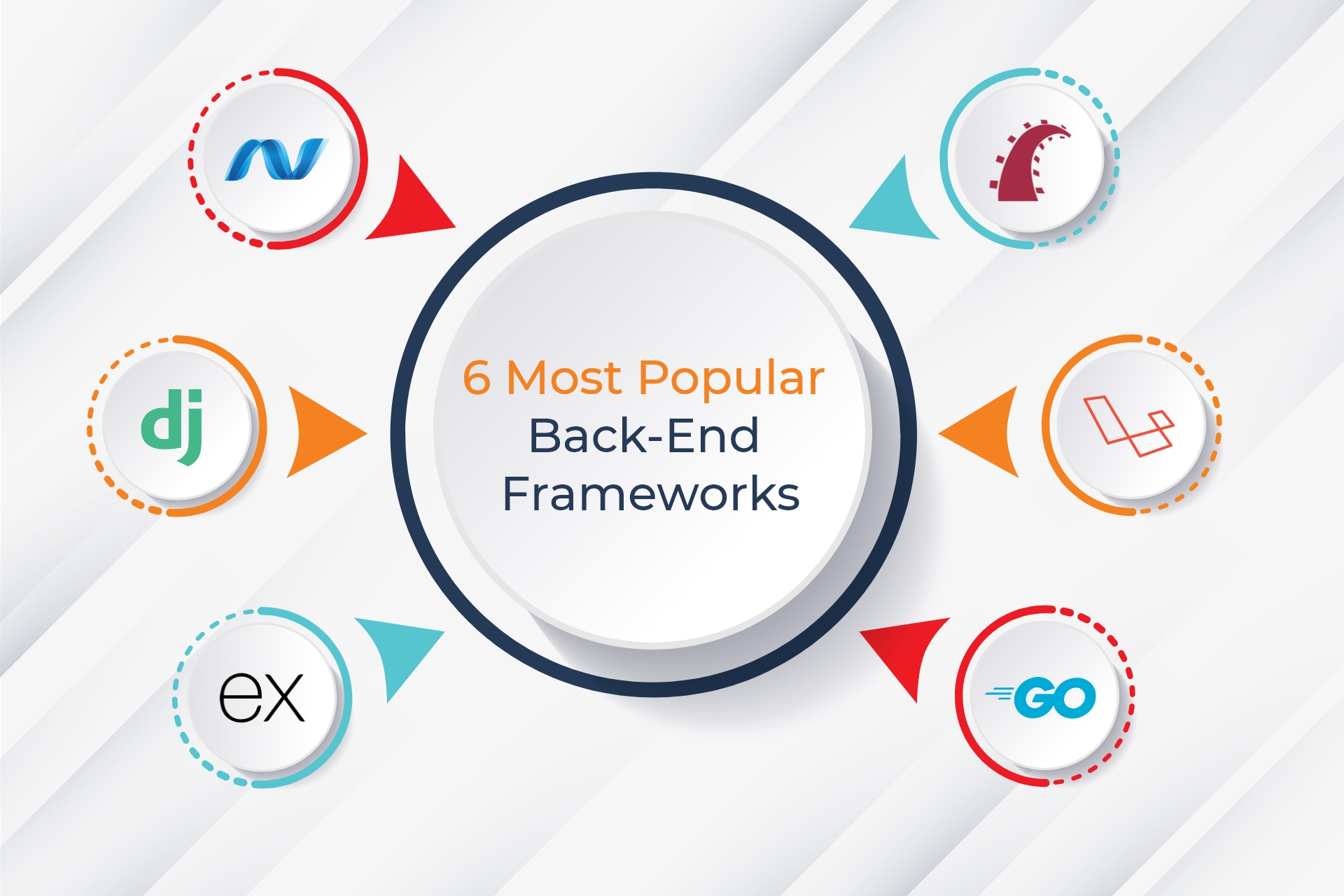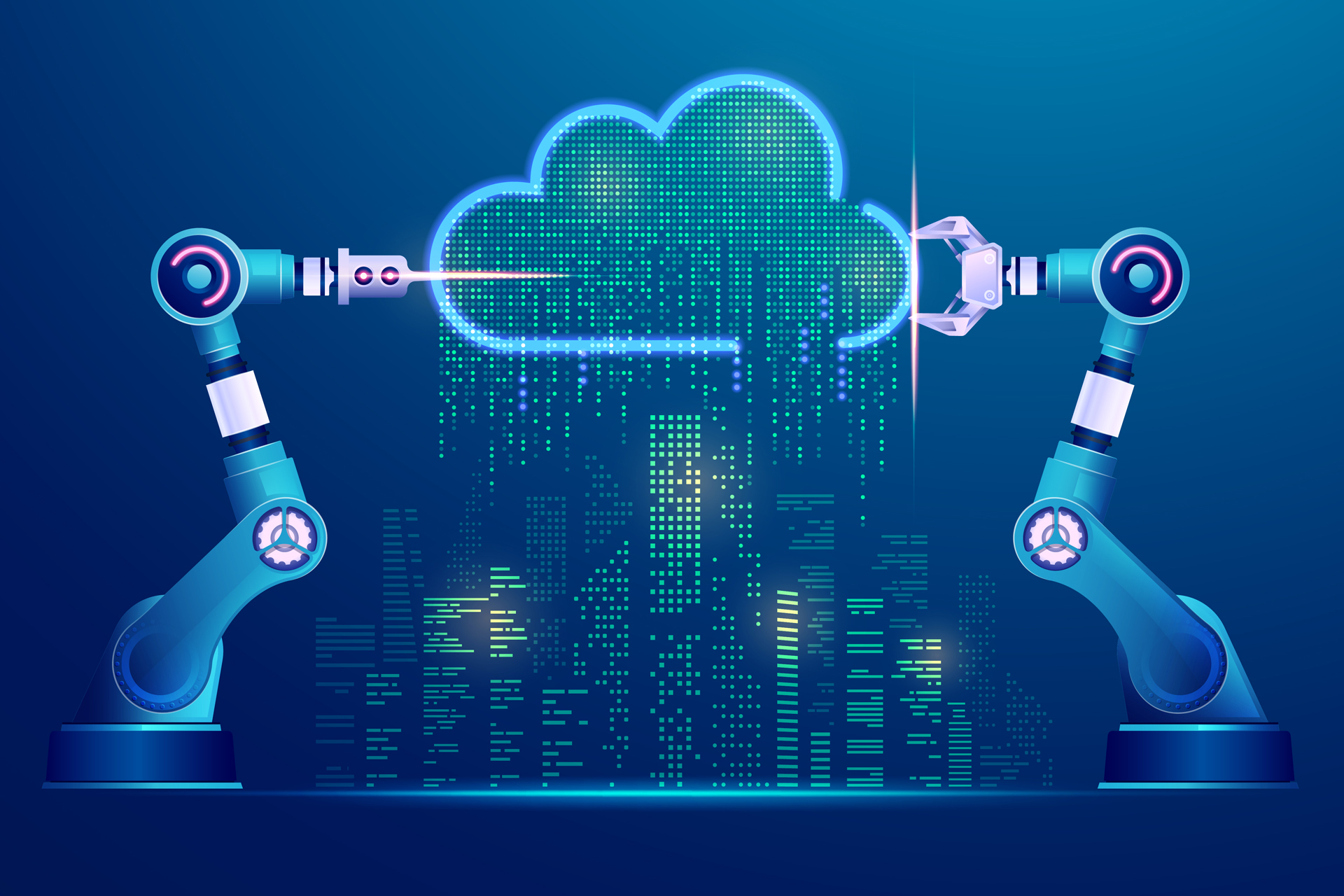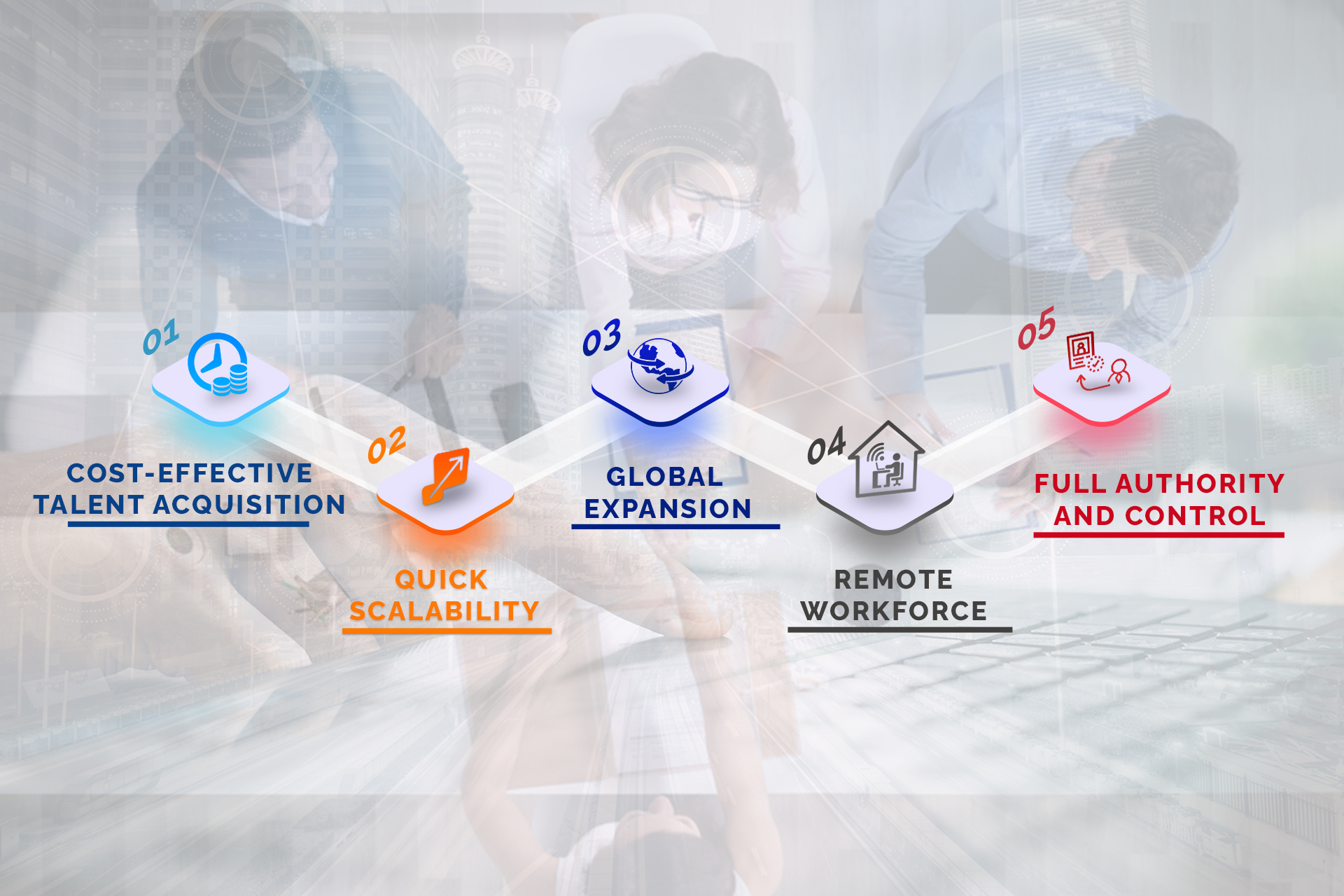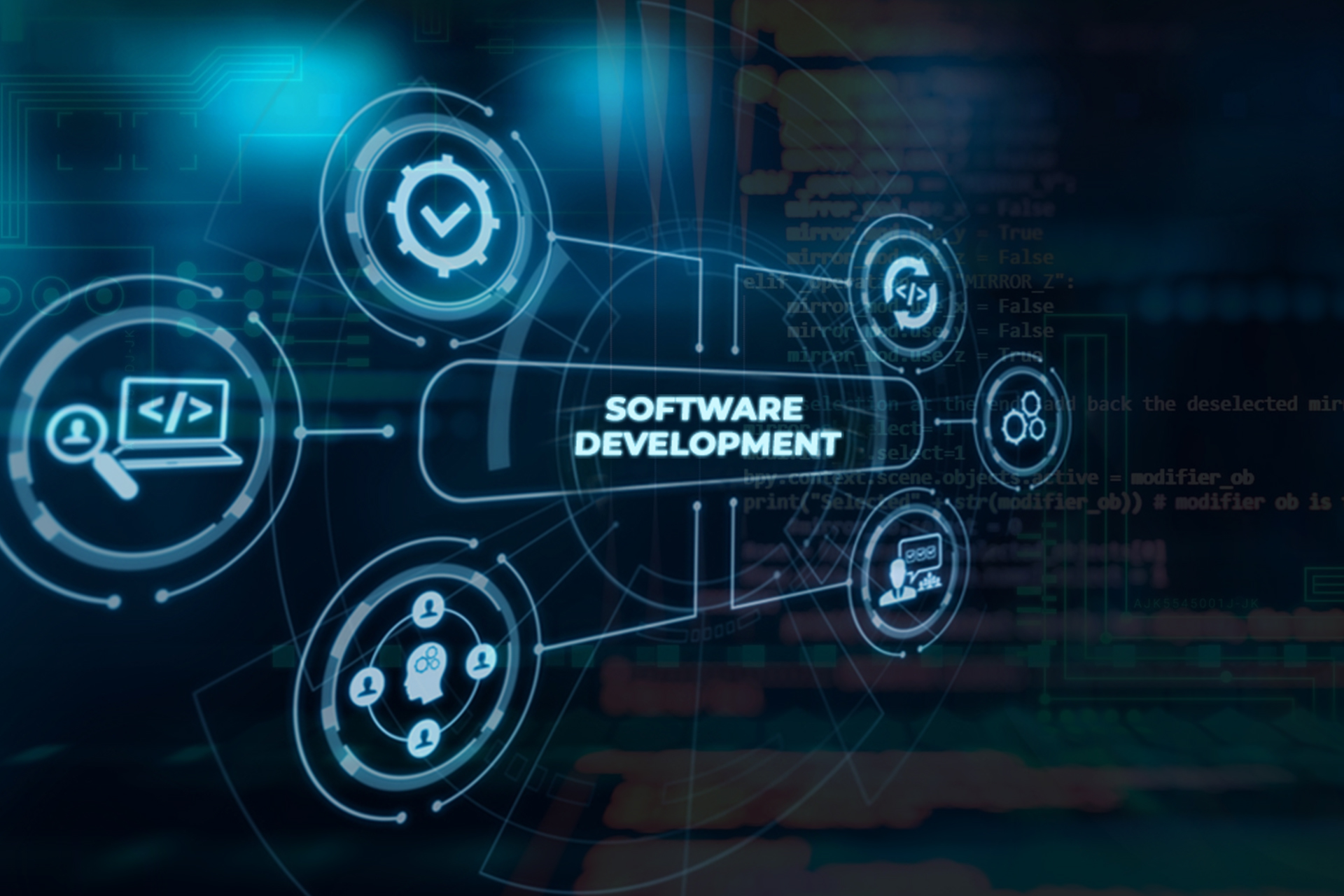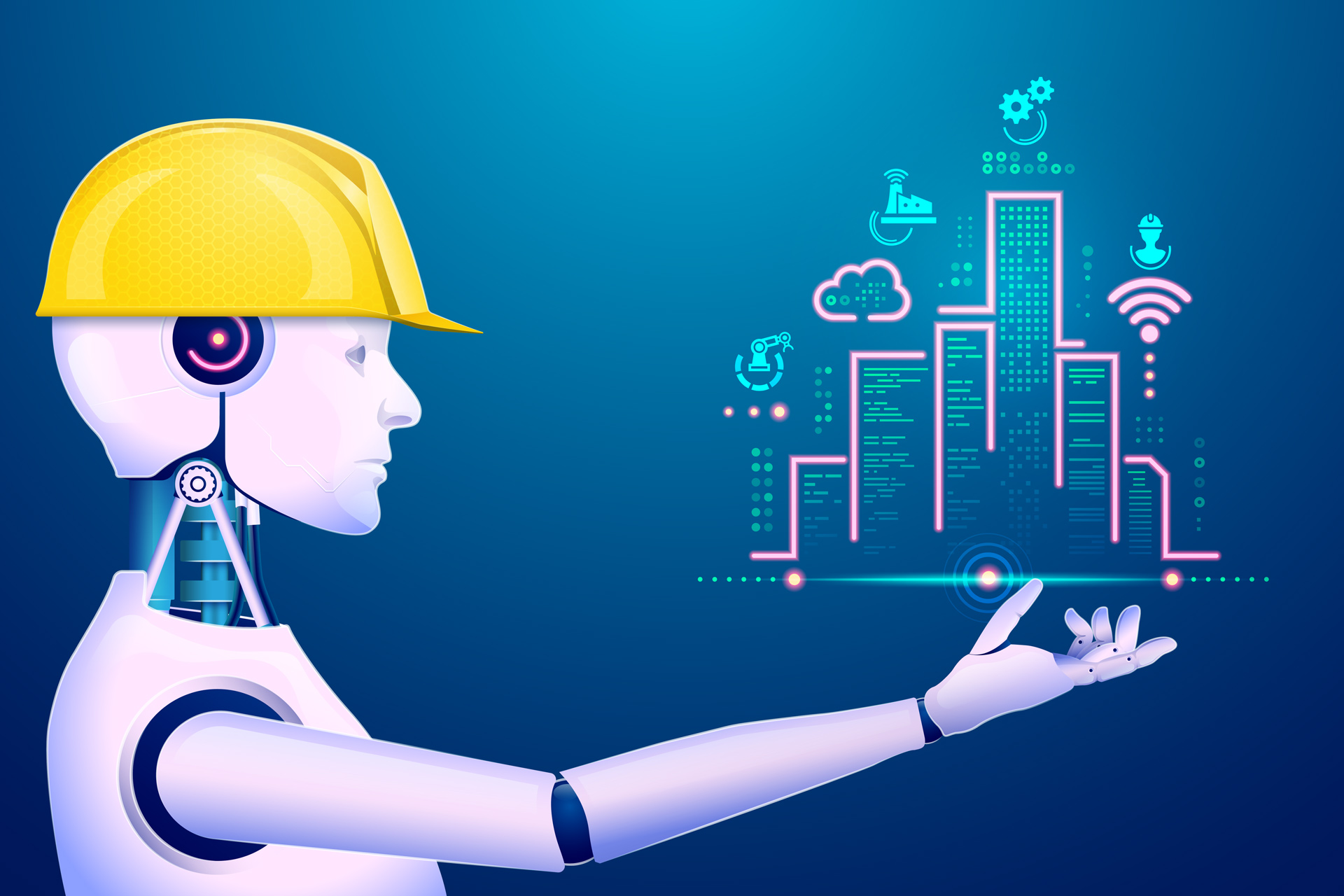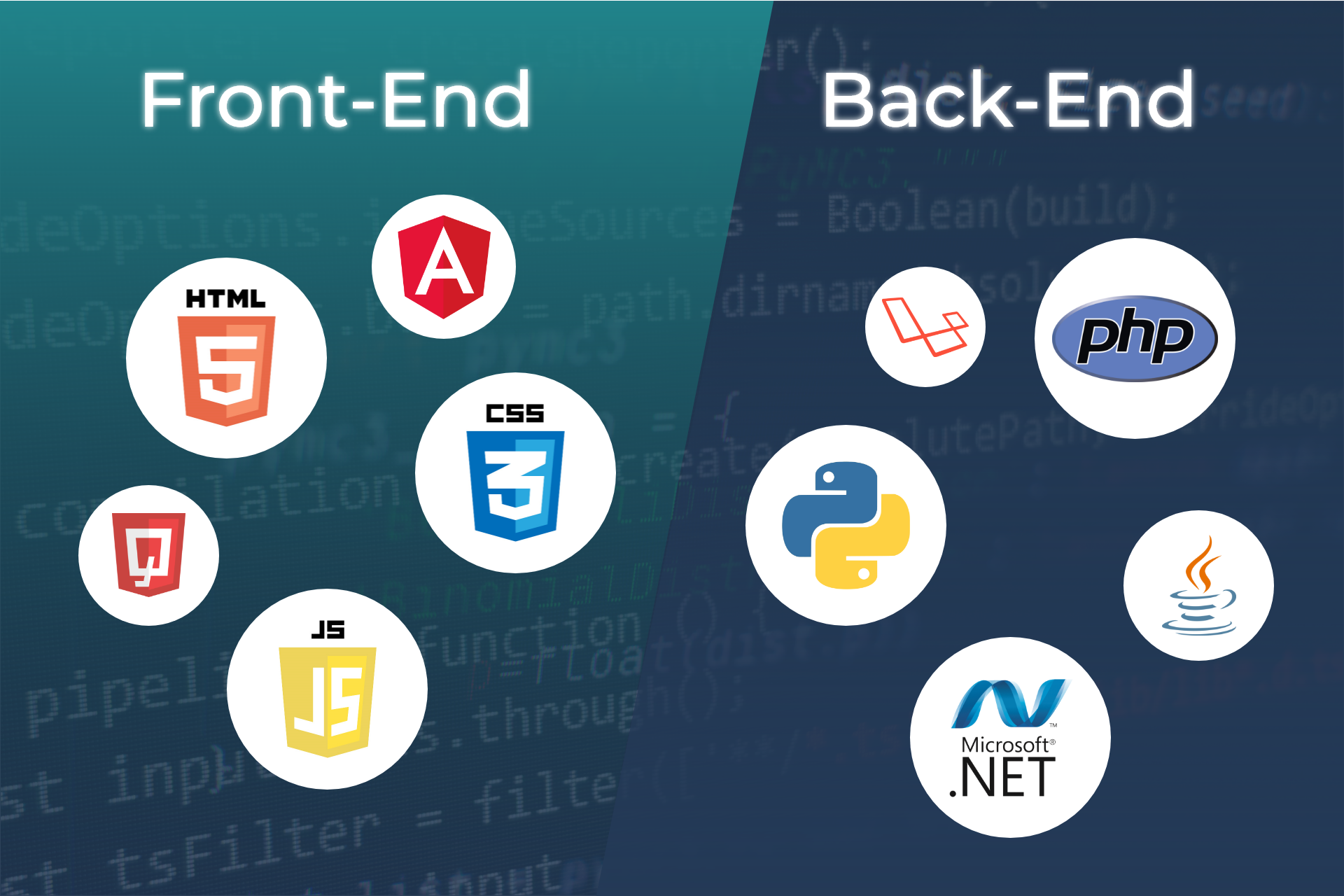
IT Staffing Trends to Watch for in the Second Half of 2023
By Admin
Navigating the ever-evolving terrain of the Information Technology (IT) sector can often feel like deciphering a complex, dynamic puzzle. Technological breakthroughs, pandemic-induced shifts, and fluctuating market demand continuously reshape the industry, with staffing trends at this transformation's core.
According to a 2023 report by Gartner, companies that stay attuned to the changing landscape of IT staffing are more likely to outperform their competitors in terms of growth and resilience. From remote work accommodations sparked by the COVID-19 crisis to the rise of specialised roles driven by rapid advancements in AI and cybersecurity, the year's first half has been a testament to the sector's adaptability.
As we venture into the second half of 2023, understanding and preparing for upcoming IT staffing trends isn't just beneficial — it's crucial for any organisation aiming to thrive in this tech-driven age. This blog aims to shed light on these upcoming trends, arming your business with the knowledge it needs to continue flourishing in this dynamic sector.
The State of IT Staffing in the First Half of 2023
Before we gaze into the future, let's take a moment to reflect on the year so far. Two main trends have stood out:
- The rise of remote and hybrid work : With the world still grappling with the effects of the COVID-19 pandemic, the preference for remote and hybrid working models has grown stronger.
- Specialisation has become more crucial than ever : As technology continues to evolve, businesses are seeking professionals with niche expertise in areas like cybersecurity, AI, data science, and cloud computing.
Major IT Staffing Trends Predicted for the Second Half of 2023
As we move into the second half of the year, we can expect some continuing and emerging trends:
A. Increasing Demand for Specialised IT Roles
- Emerging roles : As technology advances, we expect increased demand for specialised roles, such as AI Ethics Officers, Cybersecurity Analysts, and Cloud Migration Specialists.
- Driving factors : This demand is driven by the need for advanced skills to navigate complex technological landscapes and heightened cybersecurity threats.
B. Rising Remote and Hybrid Workforce
- Continued remote work : As businesses have adjusted to remote work, many are expected to continue this arrangement due to its demonstrated benefits, including reduced overhead costs and increased employee satisfaction.
- Hybrid models : Companies are increasingly adopting hybrid models that combine the flexibility of remote work with the collaboration benefits of the office environment.
C. Growing Emphasis on Diversity, Equity, and Inclusion (DEI)
- The importance of diversity : Diverse teams foster innovation, better decision-making, and improved problem-solving. Businesses are recognizing this and actively working towards making their IT departments more diverse.
- Implementation methods : Expect companies to focus more on targeted recruitment, bias training, and inclusive policies to enhance DEI.
D. Adoption of AI in Recruitment and Staffing
- AI benefits : AI can streamline recruitment processes, making them faster and more efficient. It can help in sourcing candidates, screening resumes, and conducting preliminary interviews.
- Potential challenges : While AI holds many promises, it's crucial to use it responsibly, ensuring that the algorithms don't inadvertently lead to discriminatory hiring practices.
Preparing for These Trends
How can your business gear up for these changes?
- Sourcing strategies for specialised roles : Invest time in understanding these specialised fields and consider working with experienced IT staffing agencies with a robust network of candidates.
- Best practices for managing remote and hybrid teams : Prioritise communication and use collaboration tools to keep your team connected and productive. Consider offering flexible work hours to accommodate different time zones.
- Building and maintaining a diverse IT workforce : Promote a culture that values diversity and inclusion and offer bias training to your hiring managers. Use diverse recruitment channels to reach a wider pool of candidates.
- The role of technology in modern IT staffing : Embrace AI and other technological tools for your staffing needs, but also understand the ethical implications and potential biases these tools can introduce.
Keeping up with IT staffing trends is no longer optional; it's a business imperative. As we move into the second half of 2023, prioritising specialised roles, remote work, DEI, and AI could set your organisation up for success. By embracing these trends, you can ensure that your business remains competitive, agile, and ready to tackle whatever the future of IT brings.
Remember, the world of IT staffing is as exciting as it is challenging. So let's face the future together! Contact us today to discuss your IT staffing needs and how we can help you navigate these changes.
Insights
Insights into
our World
A view of the ever-evolving digital world through our screens

